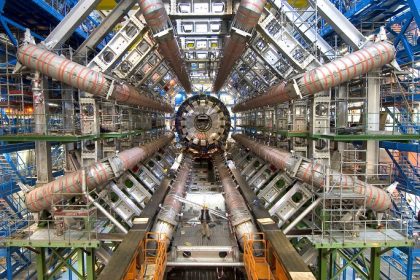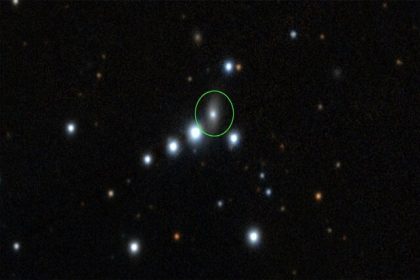The first photo of the Vera Rubin Observatory shows only a fraction of the power that the final camera will have.
According to RCO News Agency, A giant telescope in Chile has opened its eyes for the first time, and while some may not find the sight impressive, the scientists responsible for it are very excited.
According to Spacey, The Vera Rubin Observatory is an 8.4-meter telescope built by the US National Science Foundation and the US Department of Energy’s Office of Science and has now successfully completed a series of tests on its vital systems. and recorded the first picture of the sky with an engineering camera. A full report and a set of early photos will be available when the observatory receives its final, much more powerful camera later this year.
Victor Krabbendam, project manager of the Vera Rubin Observatory, told scientists at the 245th meeting of the American Astronomical Society: “This work was not only successful, but very successful.”
The Rubin Observatory milestone was reached after 10 years of construction and testing, which began in October 2024. The experiments included the first images recorded with an engineering camera called ComCam, which has only a fraction of the power of the observatory’s scientific camera. The observatory is designed to look deep into the cosmos to achieve an ultra-high quality time-lapse record of the cosmos, among other discoveries.
The scientific camera called “LSSTCam” has 21 times the field of view of ComCam and is a 3200 megapixel camera. Scientists have announced LSSTCam as the world’s largest digital camera.
Vera Rubin Observatory’s first engineering image is a nine-plane square and uses nine CCD camera sensors to capture a 144-megapixel view of the sky that covers nearly twice the area of the full moon. The engineering camera took a total of 16,000 photos during its test.
In comparison, note that the final LSSTCam will cover an area about 45 times the size of the full moon once it is installed on the observatory.
The ultra-powerful LSSTCam will likely be installed on the observatory by March, Krabbendam said. After several months of additional testing, the first science photos may be unveiled by July this year.
end of message
RCO NEWS
















